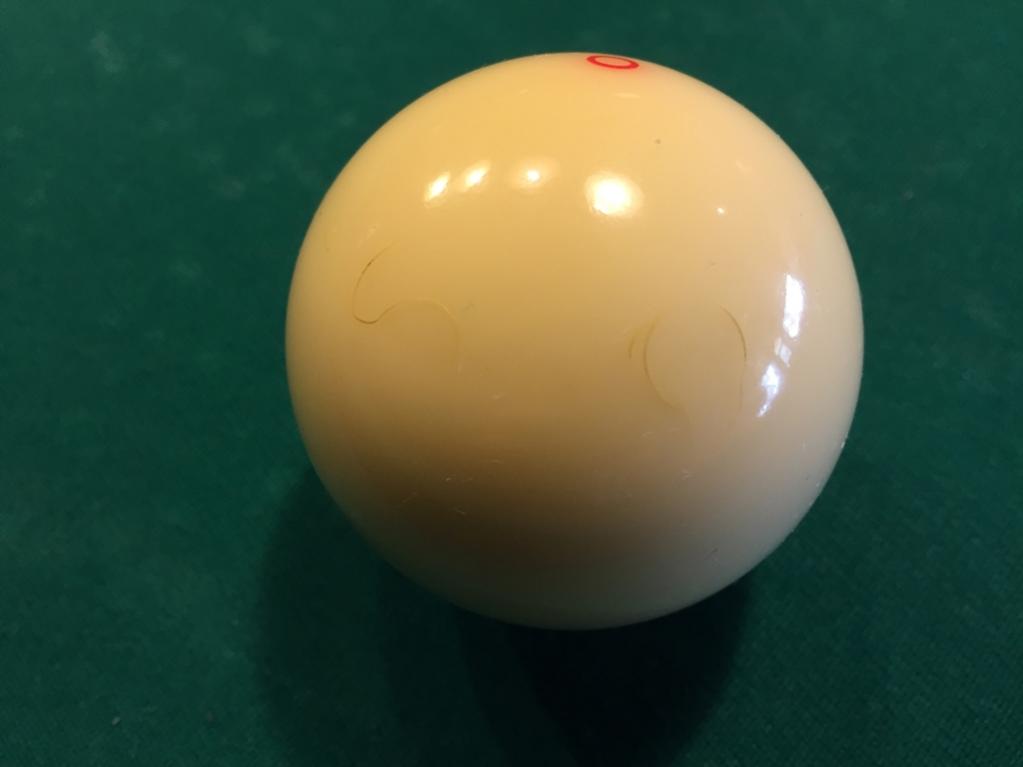What type of cue should I use to break with?
It is best to use a dedicated break cue, which is beefier and has a hard tip (usually phenolic). Power breaking with your normal playing cue can cause damage over time, and it will flatten the tip.
It is advisable to use a break cue with a natural pivot length well matched to your preferred break bridge length. This will allow squirt (CB deflection) to exactly cancel stroking errors that cause the tip to hit left or right of center ball, assuming your initial center-ball aim is accurate. For more information, see see Diagram 4 in “Squirt – Part IV: BHE, FHE, and pivot-length calibration” (BD, November, 2007).
It also helps to use a hard (e.g., phenolic) tip. This results in more CB speed for the same cue speed (see cue tip efficiency for more info).
For general advice for how to select a playing cue, see how to select a cue.
For advice on the best cue weight to use, see optimal cue weight.
For advice concerning power break technique, see break technique advice. Proper technique is much more important that break cue choice. A good breaker can break well with any cue.
Why do some leagues and tournaments prohibit break cues or phenolic tips?
… to not give an advantage to a player with a phenolic-tip break cue. Also, a phenolic tip can damage the CB with a really strong break. Here’s an example damaged ball from Patrick Johnson:

Dr. Dave keeps this site commercial free, with no ads. If you appreciate the free resources, please consider making a one-time or monthly donation to show your support:
